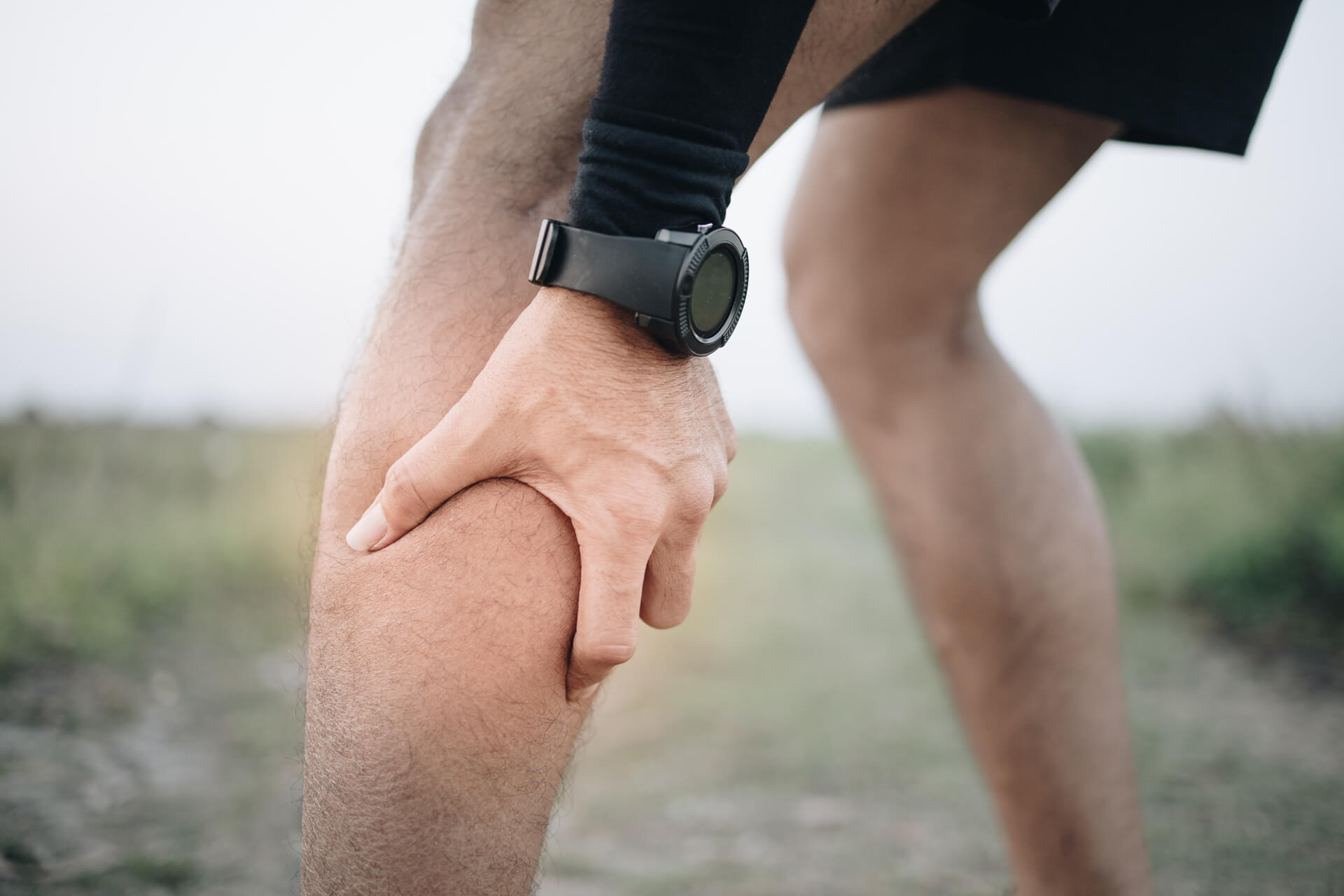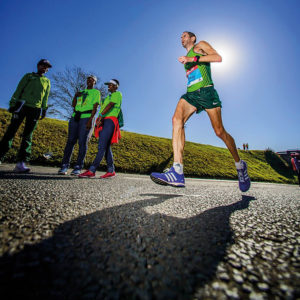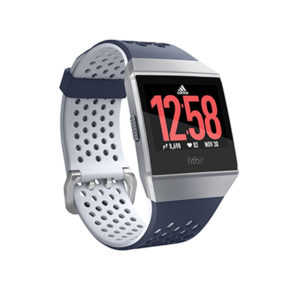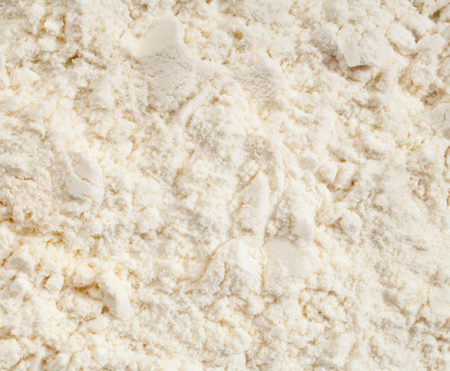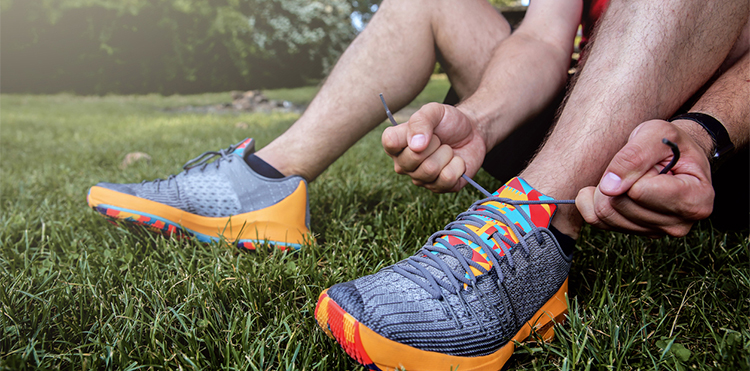1. Post run protein
Running causes damage to your muscles. Protein helps repair that damage. According to a study in the Journal of the International Society of Sports Nutrition, physically active people need 1.4 to 2.0 grams of protein per kilogram of body weight, or about 0.64 to 0.91 grams of protein per pound of body weight each day. This means a 130-pound (just over 9st) runner needs 83 to 118 grams of protein on a daily basis.
5 top protein sources for runners
1. Roast turkey breast
2. Wild Salmon
3. Low-fat yoghurt
4. Soy
5. Eggs
2. Take full rest after a marathon
Aside from your muscles, studies have shown you will incur damage on a cellular level and to your immune system after a marathon (and the weeks of intense training beforehand) that can continue for up to seven days. Have a proper seven to ten day rest after the race and allow your body to recover. You’ll be far less likely to suffer from overtraining injuries as a result. It’s the perfect chance to knock off at least one series of 24 on box set.
3. Carb up soon after a run
You’ve drained your stocks pushing yourself towards that PB, do fill ‘em up. If you take on carbohydrates soon after exercise, your muscles store two to three times as much glycogen than if you wait until you eat your post-run meal, usually two to three hours later.
4. Sports massage
Physio Paul Hobrough swears by sports massage as a means of keeping you on the road during heavy training: “Massage helps repair muscle fibres in the right way to keep them in alignment and stop them gluing themselves to other fibres for support. Then you can use them again the next day or the day after.” Visit www.thesma.org to find an approved therapist near you.
5. Get some omega-3 fatty acids down
Several studies have shown that consumption of these little beauties bring down the time it takes for your muscles to banish fatigue, helping to reduce inflammation and promote muscle growth. Fish oil is highly recommended as a great source.
6. Drink chocolate milk
In a study published in Medicine & Science in Sports & Exercise, when runners drank fat free chocolate milk after a long run, on average they ran 23 per cent longer and had a 38 per cent increase in markers of muscle building compared to when they took a sports drink containing the same calories. Get in.
7. Try a recovery gel
These are at the cutting edge of recovery nutrition right now, and SIS were first out of the blocks with their REGO Fruitflow. Stacked with tomatoey goodness that improves bloodflow to those aching limbs, it reduce inflammation, which can reduce recovery time. www.sisnutrition.com
8. Go go gadget legs
This is the firefly, and it’s been designed to reduce delayed onset muscle soreness (DOMS) within 24 hours. Worn just behind the knee and the size of a wrist-watch, manufacturers claim it increases lower limb blood circulation for the accelerated removal of metabolic waste immediately after high-exertion exercise. Which means it makes you hurt less. www.fireflyrecovery.com
9. Take Vitamins C and E
In a study published in the Scandanavian Journal of Medicine & Science in Sports, runners were fed vitamin C and E for two weeks before running in a polluted environment. Their blood was found to contain a much higher concentration of antioxidants than the control group who took none. The antioxidants in vitamin C kill free radicals and reduce the damage they can do during a run, meaning you’ll recover quicker and improve faster.
Natural Vitamin E sources
1. Spinach
2. Broccoli
3. Almonds
Natural Vitamin C sources
1. Guava
2. Red pepper
3. Sweet potato
10. Ice bath
There have been studies in the last year that both support and deny the benefits of hopping into a bath full of ice cubes after a long run, but the key evidence comes from a study published in Medicine & Science in Sports & Exercise. Subjects ran for half an hour steady, then did an interval session, then stuck one leg in the cold stuff, leaving one leg out. Then they did the hokey cokey and they turned around… sorry. The cold leg showed lower haemoglobin levels and higher oxygenation, supporting the theory that they are an effective recovery aid.



